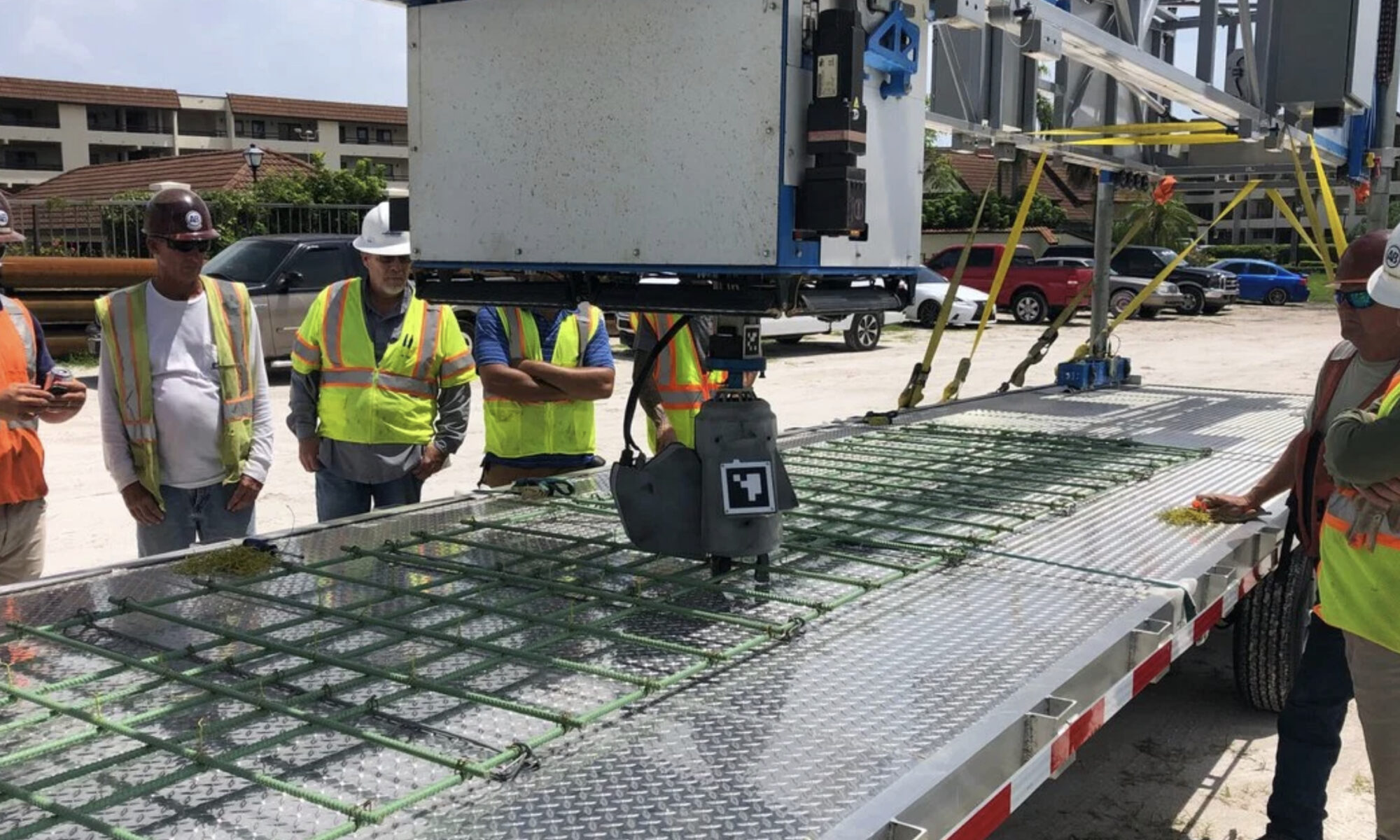By EETimes / Design Lines: “In just over 12 months, direct satellite-to-mobile communications have morphed from being a Sci-Fi pipe dream to a real-world prospect.
Apple and T-Mobile are separately rolling out schemes with Globalstar and SpaceX, respectively, to enable customers to connect to signals delivered from space. Amazon is preparing for multiple launches of its low earth orbit (LEO) Project Kuiper satellite constellation.
Startups such as AST SpaceMobile and Lynx Global have signed satellite-to-cellphone deals with multiple mobile network operators (MNOs) across the world—even before the official launch of spacecraft that will enable these services.
Google, meanwhile, is working on its own software project that will speed up communications between terrestrial networks and satellites in orbit. In September, Google spun out a startup called Aalyria to work on network orchestration software that connects systems on the ground with those deployed on planes and in space.”






